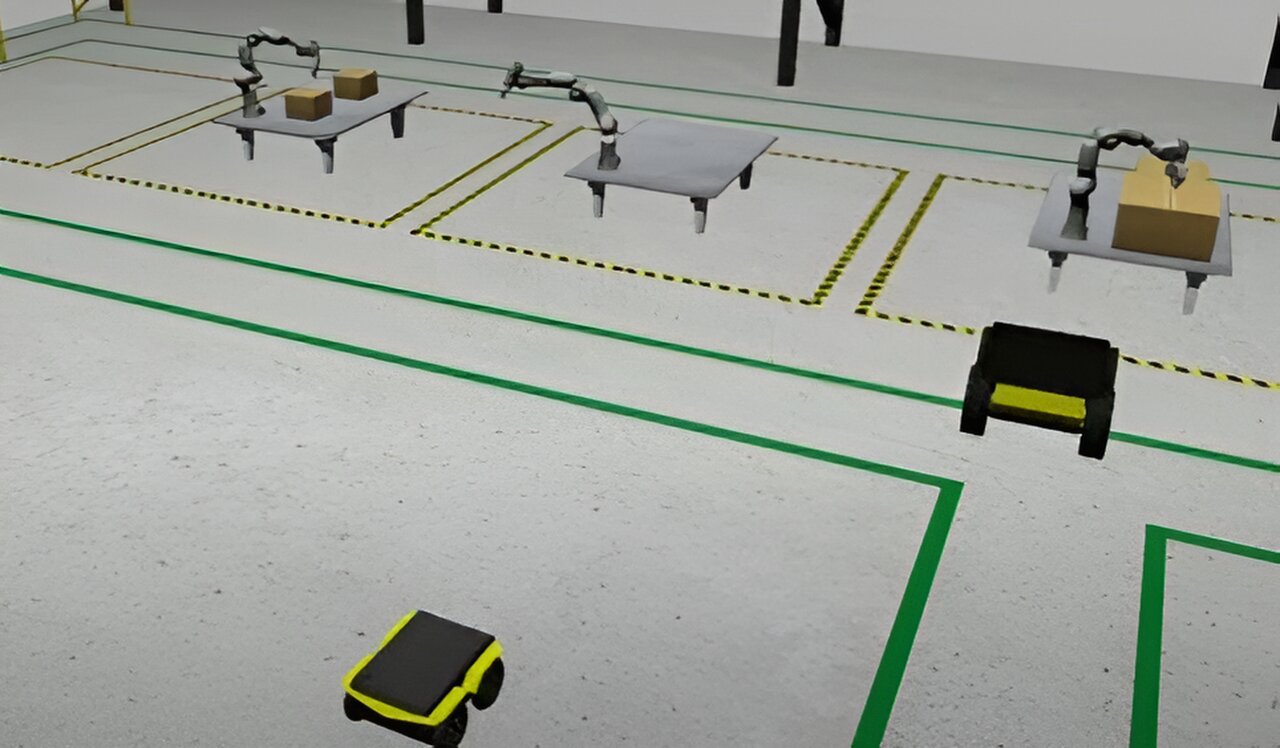In the ever-evolving field of robotics, a breakthrough method for orchestrating successful collaboration among robots promises to revolutionize how these machines work together.
The Challenge of Robot Collaboration
Collaborative robots, or cobots, are designed to work alongside humans or other robots to perform complex tasks more efficiently. However, ensuring that these robots can work together seamlessly has been a significant challenge. Traditional methods often struggle with issues like communication delays, task prioritization, and conflict resolution.
How the New Method Works
The breakthrough method involves a multi-layered system that combines real-time data analysis with predictive modeling. Here’s a brief overview of how it functions:
- Dynamic Task Allocation: Robots use real-time data to dynamically allocate tasks based on their current status and capabilities. This ensures that each robot is assigned tasks it can perform most efficiently at any given moment.
- Enhanced Communication Protocols: The method introduces advanced communication protocols that reduce latency and improve the accuracy of data exchange between robots. This allows for more synchronized actions and better coordination.
- Predictive Conflict Resolution: By employing machine learning algorithms, the system can predict and preempt potential conflicts or inefficiencies before they arise. This proactive approach minimizes disruptions and optimizes the workflow.
- Adaptive Learning: Robots equipped with this system continuously learn from their interactions and outcomes, allowing them to adapt and improve their collaborative strategies over time.
 Robots working together on a manufacturing line
Robots working together on a manufacturing line
Real-World Applications and Benefits
The potential applications of this new method are vast and varied. In manufacturing, robots could work together more effectively to assemble products, handle materials, or perform quality checks.
For more insights into the latest advancements in robotics, visit our Robotics Innovation Hub where we cover emerging technologies and trends.
Looking Forward
As robotics technology continues to advance, the ability of robots to collaborate effectively will become increasingly important. This new method represents a significant step forward in creating more intelligent and adaptive robotic systems.
For an in-depth look at the research behind this new method, check out the Nature Robotics article detailing the study and its findings.





